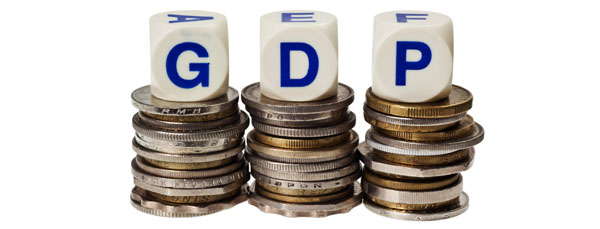MILESTONES
By Gordon Platt
Rewriting economic history going back to 1929, the Commerce department’s Bureau of Economic Analysis (BEA) increased the size of the US economy by $560 billion. That is the equivalent of the output of the state of New Jersey or a country like Belgium.
The revisions in the gross domestic product also made the Great Recession of December 2007 to June 2009 a little less severe than previously thought: The US economy contracted at an average annual rate of 2.9% instead of 3.2%, according to the new calculations.

The GDP, the nation’s output of goods and services, grew at a 2.8% pace last year, up from an earlier estimate of 2.2%, according to the revised data. More important than the relatively modest revisions in growth rates—which nonetheless left the recovery as the weakest of the post-World War II era—was the fact that new measures and definitions were included that will make future GDP readings more in line with the real economy.
Research and development spending is now counted as investment and is included in GDP. A new category was added for “intellectual property products,” which includes software, as well as art and entertainment, such as old TV programs that are still generating royalties.
The methods for computing financial services provided by commercial banks “are improved to establish a more accurate picture of banking output,” the BEA said in releasing the comprehensive revisions of the national accounts. At the same time, it reported that real GDP increased at an annual rate of 1.7% in the second quarter of 2013. That was up from a revised 1.1% advance in the first quarter.
Numerous improvements were included in the comprehensive GDP revisions. For example, the new system will record transactions of defined-benefit pension plans on an accrual accounting basis, which recognizes the costs of unfunded liabilities. Still, some economists argue that GDP needs to be more radically revised.



